#byzantine catholic
Text
anyway, Pope Francis is dumb as hell, he praises Russia's anti-Catholic, barbaric history.
russians: persecute catholics and destroy their country (e.g. after they invaded poland, they closed many roman catholic churches and turned them into orthodox churches, they did not allow people to build catholic churches, they persecuted priests, they hanged many priests who were against russian occupation, Tsarina Catherine personally forbade any contact with Rome, Nicholas I closed many monasteries, churches in poland (1832), he stole their property (1842), he sent many priests to forced labour, e.g. they sent many to Siberia for hard labor, + they especially hated and persecuted greek catholics/byzantine rite catholics)
Pope Francis: what a wonderful legacy 😍
.
.
.
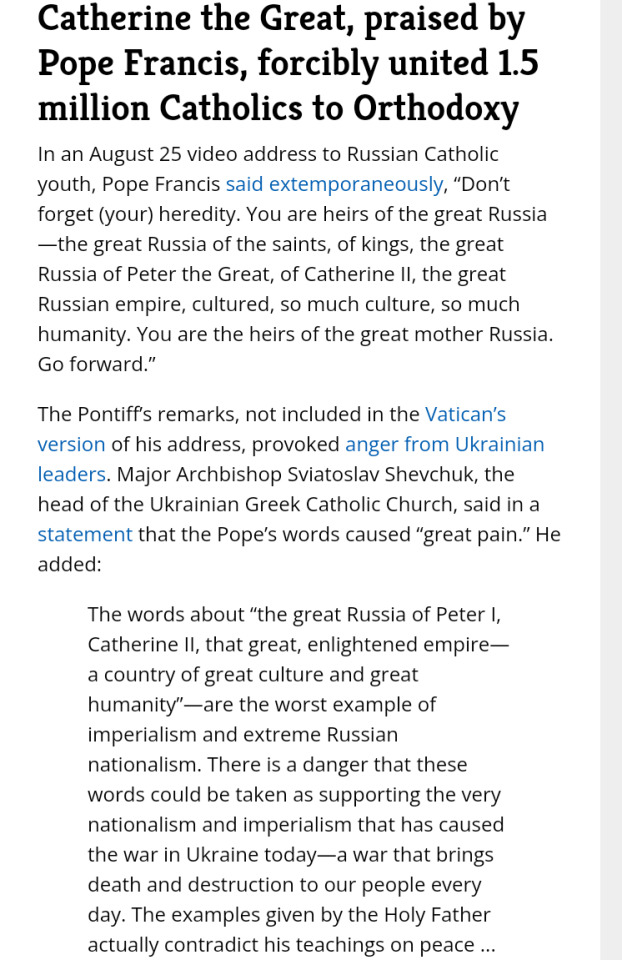
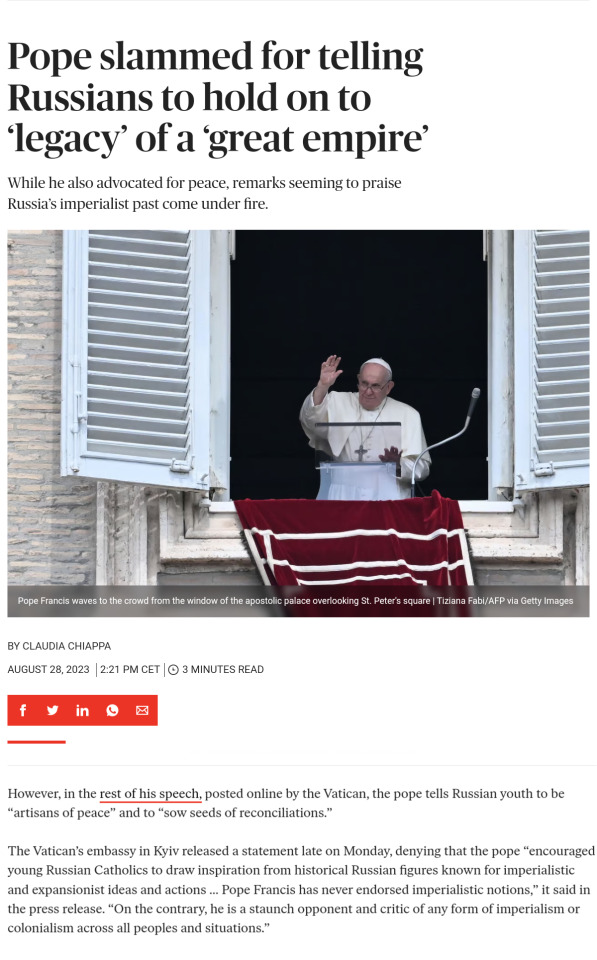
🤡...
#pope francis#anti imperialism#anti colonialism#christianity#roman catholic#politics#vatican#catholic#catholicism#poland#catherine the great#greek catholic#catherine ii#imperial russia#leftblr#roman catholicism#stand with ukraine#russian imperialism#russian war on ukraine#byzantine catholic
219 notes
·
View notes
Text
Liturgical Elements: The Embolism
In the liturgical rubrics of the Mass, the "embolism" refers to a short prayer spoken out loud by the priest after the congregation has collectively recited the Lord's Prayer. According to Nicholas Ayo (The Lord's Prayer: A Survey Theological and Literary, page 196), "the embolism functions like a marginal gloss, an explanation of the last line of the Pater, and an unfolding of its many implications."
In reformed liturgy of the Roman Church, the English translation of the embolism is as follows:
Deliver us, Lord, we pray, from every evil; graciously grant peace in our days, that, by the help of Your mercy, we may be always free from sin and safe from all distress, as we await the blessed hope and the coming of our Savior, Jesus Christ.
In the Tridentine form of the Roman Mass, a longer embolism was recited:
Deliver us, we beseech Thee, O Lord, from all evils past, present, and to come; and by the intercession of the Blessed and glorious ever-Virgin Mary, Mother of God, together with Thy blessed Apostles Peter and Paul and Andrew, and all the saints, mercifully grant peace in our days, that sustained by help of Thy mercy we may be always free from sin and safe from all disturbance. Through the same Jesus Christ, Thy Son, Our Lord, who lives and reigns with Thee in the unity of the Holy Spirit, God, for ever and ever.
The Ambrosian Rite, being another Latin rite, has an embolism that is unsurprisingly similar to the Tridentine one:
Deliver us, we beseech Thee, O Lord, from all evils past, present, and to come; and at the intercession for us of Blessed Mary who brought forth our God and Lord, Jesus Christ; and of Thy holy Apostles Peter and Paul and Andrew, and of blessed Ambrose Thy confessor and bishop, together with all Thy saints, favorably give peace in our days, that assisted by the help of Thy mercy we may be both delivered from sin and safe from all turmoil. Fulfill this by Him with whom Thou livest blessed and reignest God, in the unity of the Holy Spirit, for ever and ever.
The embolism was not only an element of Roman liturgies, either. Take, for example, this embolism used by the Syro-Malankara Catholic Church (notice how the doxology that follows the modern Roman embolism is instead integrated into this one):
Merciful Lord, lover of all mankind, do not let us be overcome by temptation, but deliver us from the rebellious evil one and his perverse and evil ways. For the kingdom, the power, and the glory belong to You and Your Only Son and Your Holy Spirit, now and always and forever.
Here is the embolism of the Syro-Malabar Church, reflecting the Eastern Syriac rather than Western Syriac tradition:
Lord, God Almighty! Fullness of all goodness! Our Merciful Father! We entreat You for Your mercy. Do not lead us into temptation. Deliver us from the evil one and his hosts. For Yours is the kingdom, the might, the power, and the dominion in heaven and earth, now, always, and forever.
In the Greek liturgies, the embolism only survives in the Liturgy of Saint James, which has the following:
Lord, lead us not into temptation, O Lord of hosts! For Thou dost know our frailty; but deliver us from the wicked one, from all his works, from all his assaults and craftiness; through Thy Holy Name, which we call upon to guard us in our loneliness.
On a final note, Fr. Frederick Holweck, the author of the Catholic Encyclopedia's article on the embolism, thought that the Mozarabic embolism in particular was "very beautiful." In addition to being said after the Our Father at Mass, the following prayer was also said after the Our Father in the Mozarabic Church's Morning and Evening prayers:
Delivered from all evil, strengthened forever in good, may we be worthy to serve Thee, our God and Lord: and put an end, O Lord, to our sins; grant joy to them that are afflicted; bestow redemption upon the captives, health upon the sick, and repose to the departed. Grant peace and safety in all our days, shatter the audacity of our enemies, and hearken, O God, to all the prayers of Thy servants, all faithful Christians, upon this day and at all times. Through Our Lord Jesus Christ, Thy Son, who liveth and reigneth with Thee in the unity of the Holy Spirit, God, ever through all the ages of ages.
#Mass#Liturgy#Catholicism#Orthodox Christianity#prayers#embolism#Mozarab Catholic#Syro-Malankara Catholic#Syro-Malabar Catholic#Byzantine Catholic
25 notes
·
View notes
Text

Mother of Humility - Icon by me
This is based on a contemporary Georgian icon called Mother of Humility.
#byzantine#eastern orthodox#orthodox#eastern catholic#icon#iconography#byzantine icon#christian iconography#orthodoxy#saint#christ#christianity#jesus christ#mother of god#theotokos#virgin mary#mother of humility#contemporary iconography#orthodox Catholic#Byzantine catholic#orthodox iconography#Christian#Christian art#orthodox faith#God is the Lord#mary mother of god#Mary mother of god pray for us#Jesus Christ Son of God have mercy on me a sinner
284 notes
·
View notes
Text

Emperor Constantine I with his mother, St. Helena, holding the True Cross
Unknown author
#Finding of the True Cross#St. Helena#Finding of the Holy Cross#326 AD#May 3#roman catholic#catholic#Eastern Catholic#byzantine catholic#Constantine the Great
83 notes
·
View notes
Text

#personal#myvinyllove#catholic#catholicism#byzantine catholic#orthodox catholic#orthodox marriage#orthodox christian#greek orthodox#iconography#traditional women#traditionalism
4 notes
·
View notes
Text
can’t get over imogen calling her Saint Laudna can’t stop picturing an undead laudna lovingly rendered in the style of old catholic portraits of saints with a big golden halo around her head
#maybe even in a stained glass style or mimicking a byzantine mosaic#or with black ichor tears in the style of portraits of mary after jesus’ death#idk i just love catholic art especially when u make it gay#this is also why i’m obsessed with the calamity character portraits#yes im secretly hoping someone will do this#i wish i could do visual art but i cannot#imodna#laudna#imogen temult#cr spoilers#cr3#bells hells#critical role#campaign 3#crit role#critical role spoilers#c3e69
458 notes
·
View notes
Text

"That is why St Paul speaks of conjugal rights as a debt; to show that neither husband nor wife is his or her own master, but rather are each other's servants. As for you, husband, if a prostitute tries to seduce you, tell her, "My body is not my own, but my wife's." And let the wife say the same to any man attempting to undermine her fidelity: "My body is not my own, but my husband's." So if neither husband nor wife has power over their own bodies, they have even less control over money."
-St John Chrysostom On Marriage and Family Life.
#books#history#literature#religion#theology#mysticism#esotericism#orthodox#christian#christianity#orthodox christianity#orthodox christian#orthodoxy#religious#religious imagery#religious aesthetic#catholicism#catholic church#catholic#byzantine#byzantine art#mosaic#art#icon#iconography
111 notes
·
View notes
Text


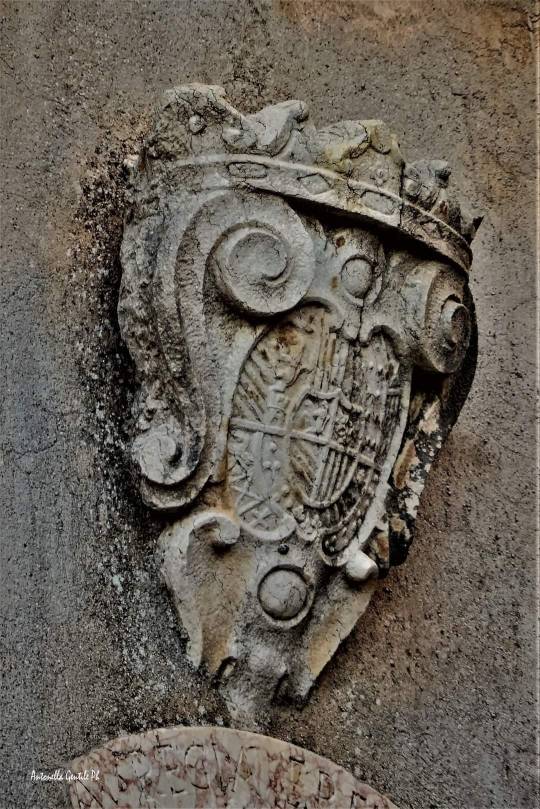


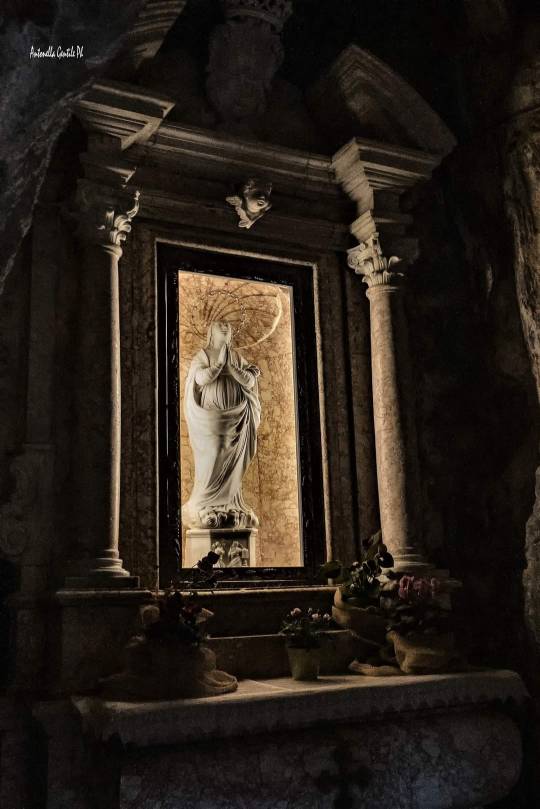
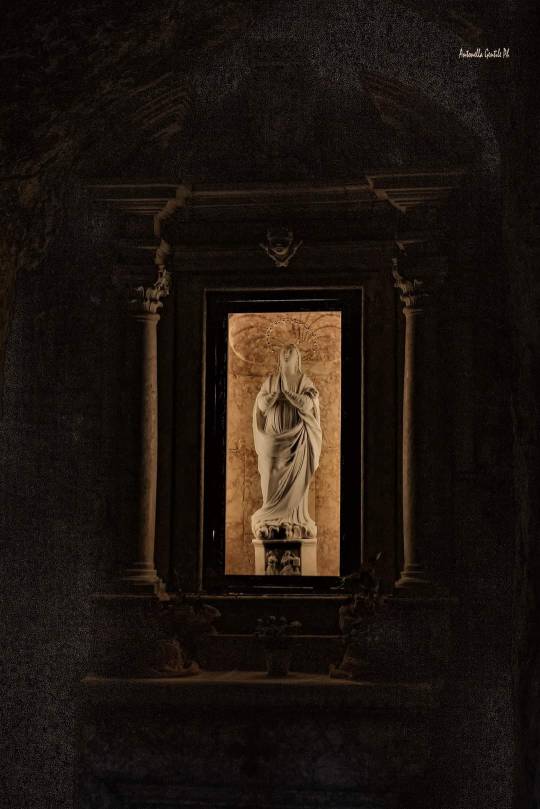
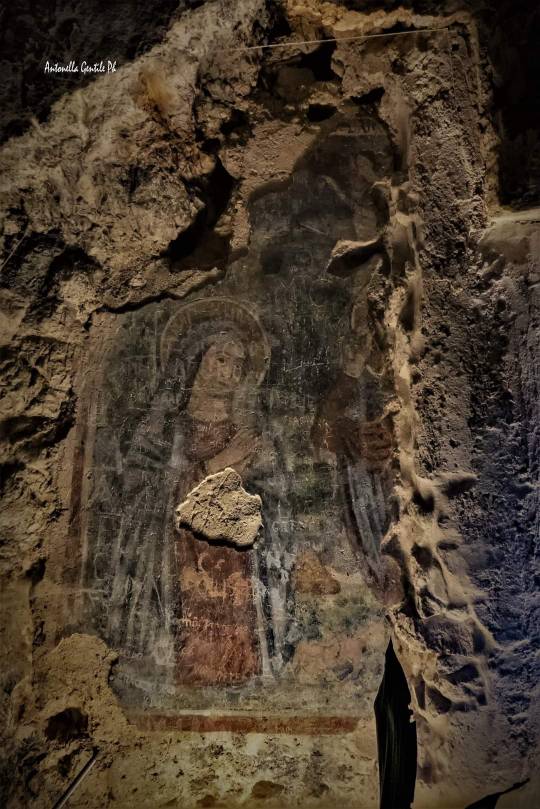
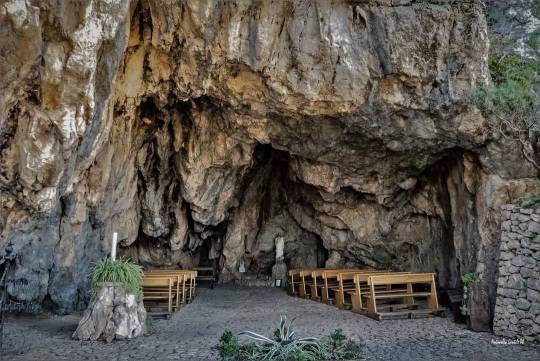

The village of Pazzano and the ancient Hermit of Santa Maria della Stella, Calabria, Italy
Pazzano is quaint little village situated between Monte Stella and Monte Consolino and it extends to the north to the lush green Serre mountains.
The most important thing to see in Pazzano is the Hermit of Santa Maria della Stella, an ancient byzantine hermitage sited in a natural cave on Monte Stella.
In the 11th century Byzantine monks lived in the sanctuary. Cristodulo was one of the first the Hegumen. In 1096, it became a minor monastery. In the Norman period it was converted to a Catholic monastery.
Inside the hermitage there is a 16th-century statue of Madonna in marble and Byzantine frescos representing saints.
Photos by Antonella Gentile
Follow us on Instagram, @calabria_mediterranea
#pazzano#calabria#italy#italia#south italy#southern italy#byzantine#mediterranean#mountains#mountainscape#italian landscape#landscape#sea#seascape#mediterranean sea#cave#nature photography#nature#history#16th century art#art#16th century#sculpture#catholic#virgin mary#religion#hermitage#sanctuary#11th century
27 notes
·
View notes
Text
pls reblog + explain your answer in the tags!
#western/latin rites=roman; gallican; the orders (benedictine carmelite etc)#eastern = alexandrian; armenian; byzantine; east and west syriac (syro malabar maronite etc)#I think that's all of em sorry if i forgot anyone :(#catholic#catholicism#christianity#as always no 'other/see results' we poll like men.#sparked by a convo with my coworker (both of us are Latin Catholics rah)#in which she said her family has occasionally attended an Eastern rite church (Byzantine)#and I said that I've never even felt curious about the other rites and would never go to their church or attend their Mass lol#not bc of any animosity. love the eastern caths. it's just that I was baptized in this rite and my ancestors have always been latin caths#so. I'm just curious what yall think.#file under caroline
33 notes
·
View notes
Text
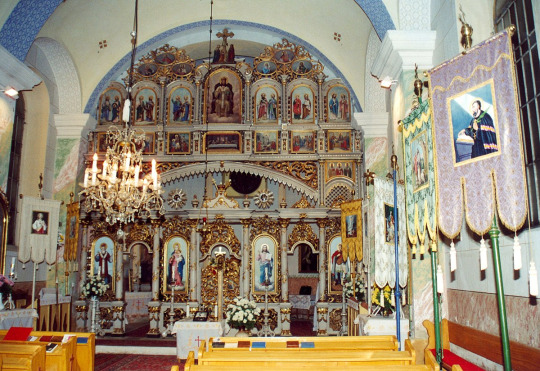


Iconostases in the Greek Catholic Churches of Slovakia
#catholicism#christianity#slovakia#iconostasis#iconography#eastern catholicism#notice how greek catholic churches in slovakia and hungary often use western style art for the icons instead the byzantine style typical#of orthodox churches>#also apparently the archbishop banned people from taking photos in greek catholic slovakian churches so these photos are from before
452 notes
·
View notes
Text
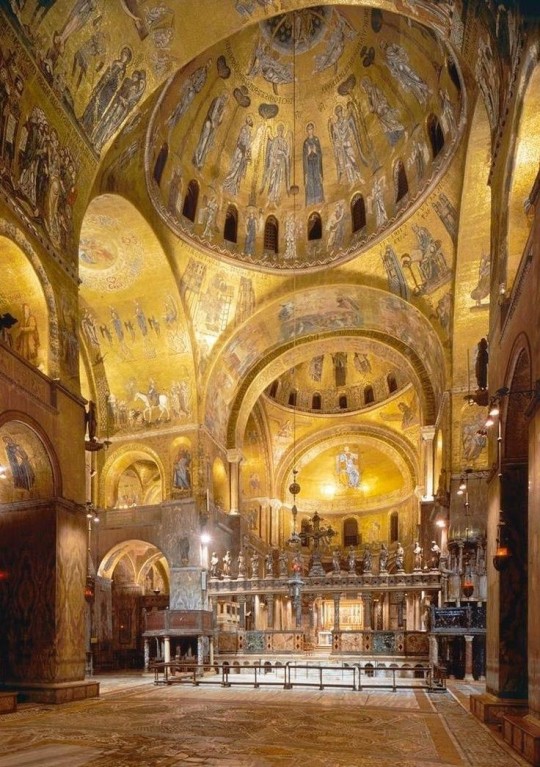
#catholic#catholicism#christianity#jesus christ#blessed virgin mary#our lady#church#cathedral#byzantine
22 notes
·
View notes
Text

Coming this winter to Monastery Icons.
9 notes
·
View notes
Text
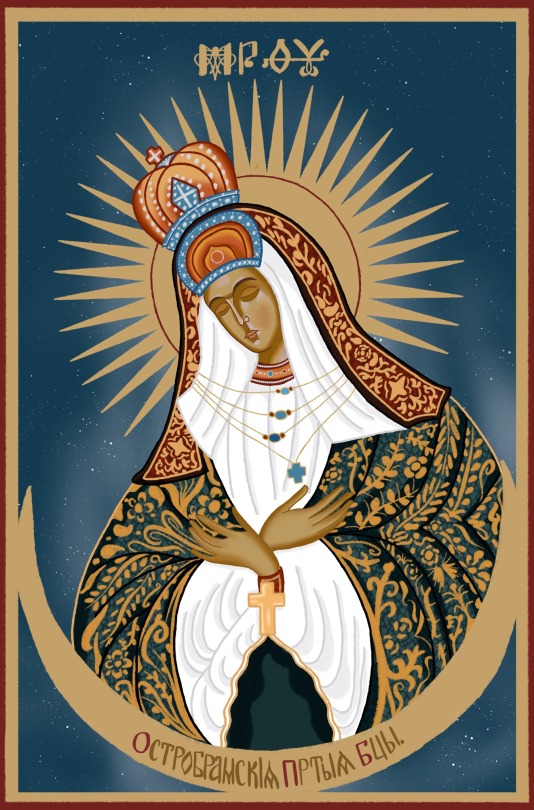
Our Lady of the Gate of Dawn Gate (Version 2)
This is a revision on my original take of this icon which I posted. I thought it needed more color so I decided to re-do all the color from scratch, and I much prefer this version. It is a gorgeous icon housed in a church in Lithuania. May the Theotokos intercede for us all!
#byzantine#byzantine icon#catholic#christian#icon#iconography#madonna#mary#orthodox#our lady#panagia#roman catholic#theotokos#virgin mary#christian iconography#Eastern Orthodox#ostrobramska#gate of dawn#dawn gate#eastern catholic#theotokos icon#Russian orthodox#Russian orthodox icon#orthodoxy#orthodox christian#christianity#most holy Theotokos save us#holy theotokos#orthodox iconography#orthodox icon
55 notes
·
View notes
Text

It is more important that we should remember God than that we should breathe.
St. Gregory of Nazianzus, Archbishop of Constantinople, Church Father and Doctor
fresco from the Church of the Holy Saviour in Chora, Constantinople
#St. Gregory Nazianzus#roman catholic#catholic#christianity#byzantine catholic#Eastern Catholic#May 9
8 notes
·
View notes
Text
I feel like I should warn my new followers that I have PMDD and sometimes get extremely, unreasonably combative for absolutely no reason. like right now. I wanna rant and this is your disclaimer.
like I cannot for the fucking life of me understand how people think the First Crusade was the first holy war between Catholics* and Muslims when the Umayyads and Franks, Visigoths, Normans, Italians, and Sicilians et al had been duking it out in Iberia, France, and Italy since the Early Muslim Conquests in the 7th and 8th centuries. do not let the name fool you, the First Crusade was not the first crusade. like it’s just... bro they were fighting on and off more or less constantly since first contact. what do you MEAN you think the Crusades were the unprovoked start of Christian-Muslim holy wars and not a new phase of an already extant centuries-long conflict. I think you’re just a fucking idiot.
strictly speaking, depending on how you want to define ‘Catholic,’ (since the Nicene Christian denominations at least were extremely ambiguous and fluid at this point and significant/formal schism only happened much later) the first Catholic/Nicene Christian-Muslim conflict started in September 629 AD with the Battle of Mu’tah, which was fought between the Byzantines and Ghassanids vs the Muslim Arabs led by the Pr. Muhammad. like when I say ‘first contact’ I mean first contact.
#*[frustrated Eastern Christian noises]#also Sicily was actually majority Byzantine not Catholic but I'm including it anyway because there was also fighting on mainland Italy#of course significantly less fighting but Rome did get raided which the medieval Catholics took extremely personally#and disproportionately. like guys chill. they didn't even breach the walls#POINT BEING: THERE WAS STILL FIGHTING IN ITALY#the Crusades were so stupid#they were SO stupid#I'm still mad about it#but the way people talk about them now is mystifying#listen to me. the unprovoked invasion of Iraq in 2003 =/= not the same event as the Crusades#not all war in the Middle East is the same holy fuck#stop treating them the same#don't ask about if it's Catholic or Orthodox. the answer is yes both but also no#it's complicated#like they were very much very different churches by the First Crusade#but in the 7th century? ................. complicated
22 notes
·
View notes
Text
oh, another Cross fact.hes irish. the "DeVille" is misleading
#and intentionally so he made that shit up#godhead death sentence#an irish catholic american protestant and two medieval byzantines walk into a bar#he fakes a transatlantic accent too
7 notes
·
View notes